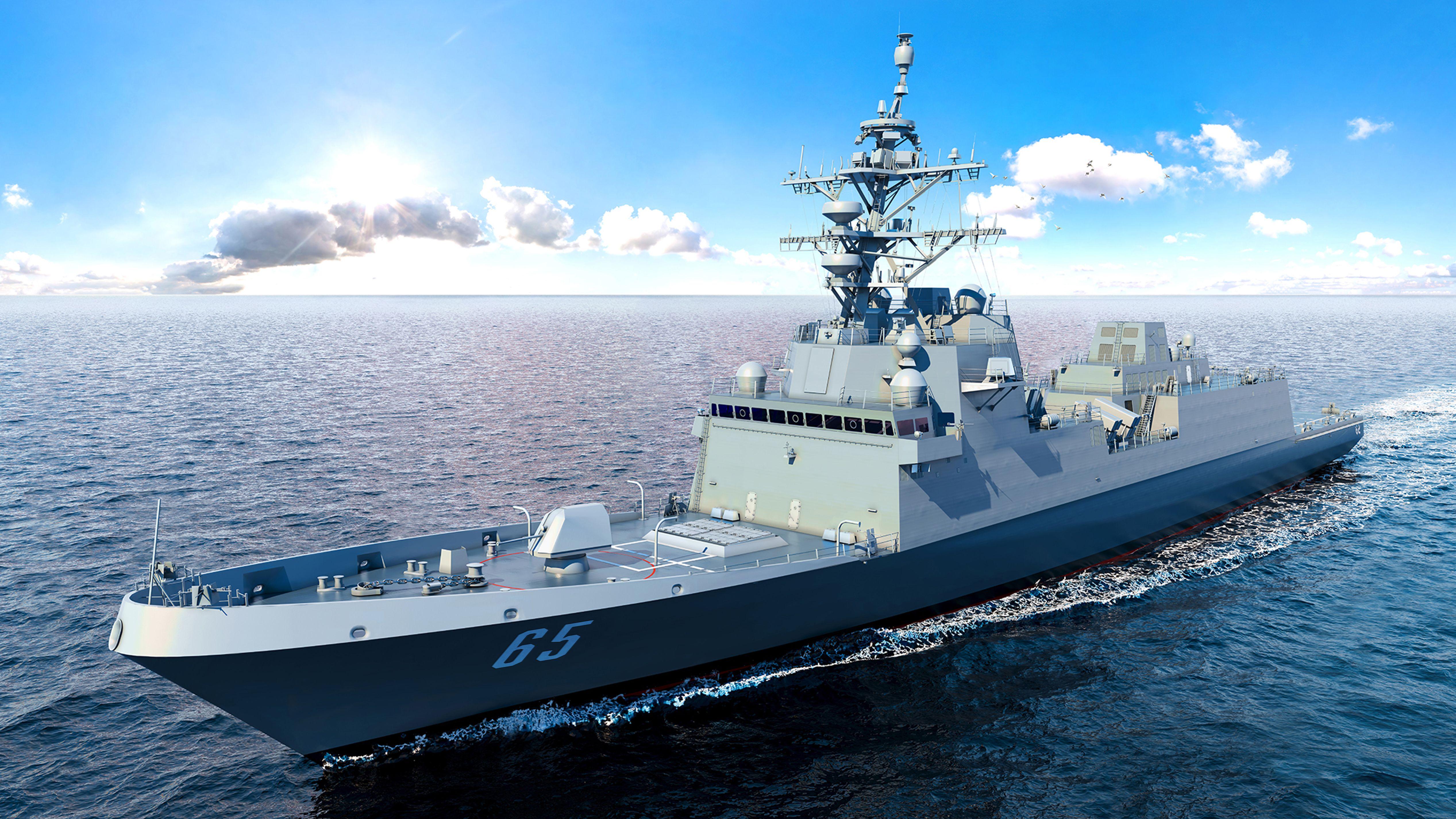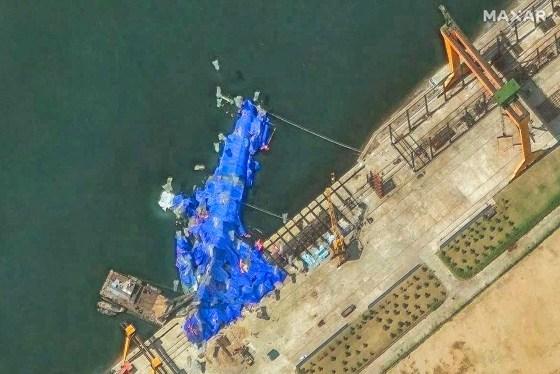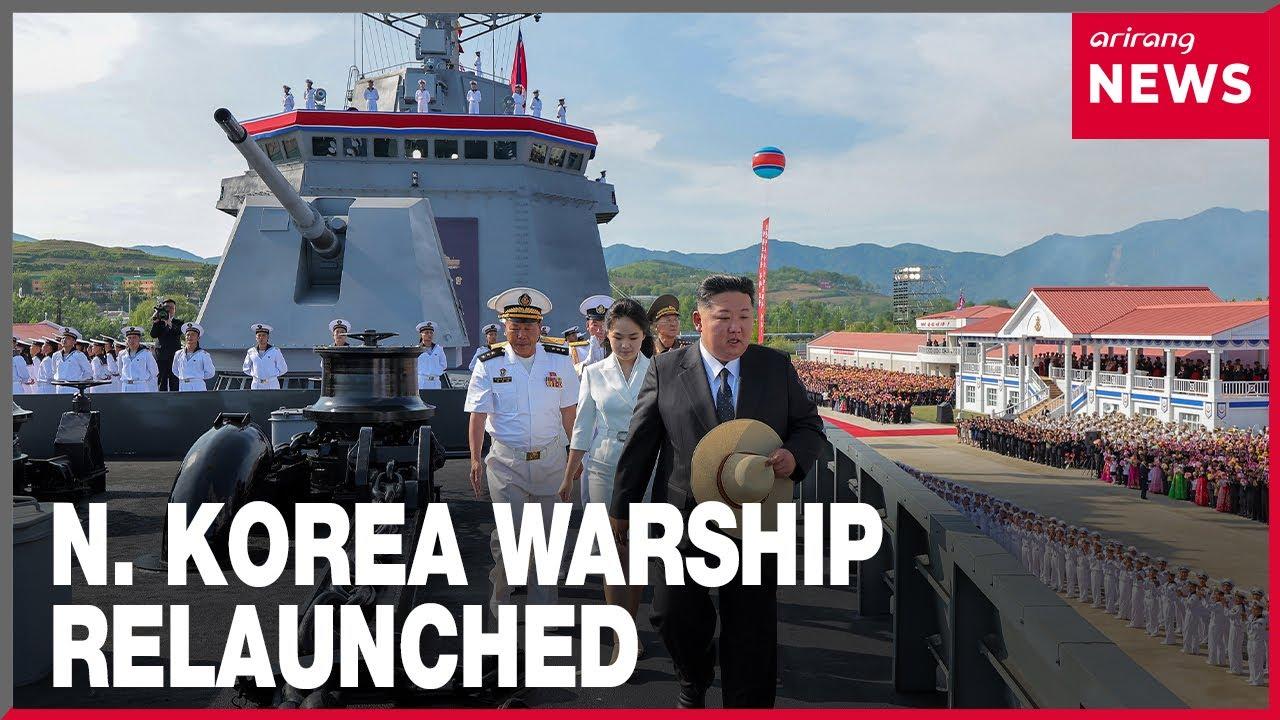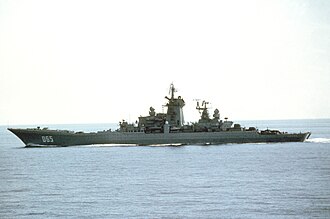the Symbolism of the Capsizing: Analyzing North Korea’s Military Ambitions
the recent incident involving the capsizing of a North Korean warship offers a profound insight into the regime’s military posturing and the symbolic messages it conveys both domestically and internationally. The imagery of such a vessel, typically a symbol of strength and power, being overturned is starkly ironic. This capsizing may reflect the inherent instability within the North Korean leadership, particularly as it attempts to project an image of resilience and military prowess. From a broader perspective, the event could signify the regime’s vulnerability in the face of external pressures, reinforcing the notion that despite nuclear ambitions, North Korea remains susceptible to chaos and mismanagement.
Moreover, the subsequent relaunching of the ship serves as an intriguing juxtaposition to its earlier mishap, revealing a regime that is adept at rebranding its setbacks. the act of returning the warship to the water symbolizes not only resilience but also a defiance against perceived threats. This strategy resonates deeply with North korean propaganda, emphasizing the regime’s narrative of strength, survivability, and continuity.As North Korea grapples with the challenges of isolation and international scrutiny,such incidents become pivotal moments for public relations,allowing the regime to reinforce its legitimacy and maintain a façade of military strength,despite underlying issues of operational failure and governance instability.
Relaunching Tactics: How North Korea Manages Crises and Perception
In the wake of the recent maritime incident involving a North Korean warship, the regime’s tactics for managing crises and public perception have come under scrutiny. North Korea has a history of employing strategic narratives to maintain control over its image and to reinforce the leadership’s authority. During times of crisis, such as the capsizing of this warship, the government quickly pivots to emphasize its military resilience and commitment to national security. this episode not only serves to bolster the image of the military but also allows the regime to divert attention from internal challenges, constructing a narrative that situates the incident within a broader context of external threats. The combination of propaganda, controlled media coverage, and orchestrated public displays allows the regime to reshape the discourse surrounding its failures and frame them as triumphs.
Moreover,the response to this maritime disaster illustrates North Korea’s adeptness at facts management. By controlling both the narrative within the contry and the information released to the outside world, the regime cleverly utilizes the incident to reinforce its ideological tenets. The government orchestrates staged visits to the site of the incident,showcasing the recovery efforts and emphasizing unity and determination among the populace. This performs a dual function: it not only distracts the citizens from the inherent vulnerabilities revealed by such mishaps but also reaffirms the ruling elite’s claims of unwavering progress in the face of adversity. Such calculated strategies are emblematic of how the regime navigates crises-not merely to salvage its reputation but to fortify its ideological grip on the nation amid an ever-evolving geopolitical landscape.

Lessons in Resilience: Understanding the Regime’s Approach to Failures
The recent incident involving the capsizing and subsequent relaunching of a North Korean warship serves as a vivid metaphor for the regime’s broader approach to adversity. Resilience, in the face of failure, is a hallmark of Kim Jong-un’s governance beliefs. This approach can be dissected into several key elements:
- Propaganda Utilization: The regime adeptly crafts narratives that emphasize strength and invincibility, transforming setbacks into opportunities for boasting and unity.
- Adaptability: Rapid modifications to existing strategies and tactics allow the regime to pivot quickly, demonstrating a willingness to learn from past mistakes.
- Control of Information: By managing public perception and obscuring details of failures, the regime maintains an image of stability and control, crucial for its legitimacy.
Moreover, the symbolic act of relaunching the warship underscores a persistent theme in North Korean politics: a refusal to accept defeat. Each relaunch can be interpreted as a reassertion of power and an indication that the regime views crises not as terminal,but as phases in an ongoing struggle. This philosophy extends to significant policies and military strategies, where mishaps are often reframed as stepping stones rather than stumbling blocks. The psychological resilience cultivated within the system also reflects a broader societal ethos, where perseverance is celebrated, and failures are merely challenges waiting to be overcome. Such lessons in resilience not only bolster domestic morale but also project an image of tenacity to the international community.

Strategic Recommendations: Navigating the Future of International Relations with North Korea
The recent incident involving the capsizing and subsequent relaunching of a North Korean warship serves as a pivotal case study for understanding the regime’s strategic posture and its aspirations on the international stage. Amidst ongoing tensions and diplomatic standoffs, this event illustrates the regime’s resilience and ability to project strength, irrespective of setbacks. As the North Korean government navigates its position, several key strategies can be observed:
- Demonstrating military capabilities: The swift recovery and relaunch of the warship sends a clear signal of defiance and strength to both domestic and international audiences.
- Utilizing propaganda effectively: State media’s portrayal of the event showcases the regime’s determination and commitment to military advancement, ensuring that public support remains robust.
- Engaging with external pressures: The warship’s incident highlights how the North Korean leadership may recalibrate its approach to diplomacy, seeking to leverage military incidents to strengthen its bargaining position.
Looking ahead, engaging with North Korea will require a nuanced understanding of its motivations, particularly as it continues to navigate a complex geopolitical landscape. Developing strategic recommendations necessitates acknowledging the following considerations:
- Strengthening deterrence measures: Regional allies must enhance their defensive postures to counter potential provocations stemming from such incidents.
- Encouraging diplomatic channels: Establishing reliable dialog pathways can facilitate crisis management and reduce the risk of miscalculations during heightened tensions.
- Fostering international cooperation: Collaboration among global powers is essential to present a united front, thereby disincentivizing aggressive actions from the North Korean regime.

